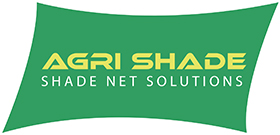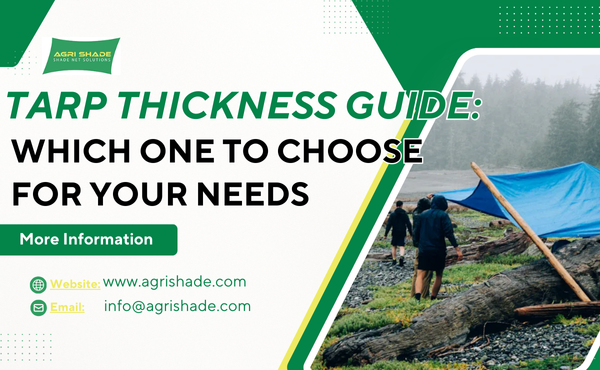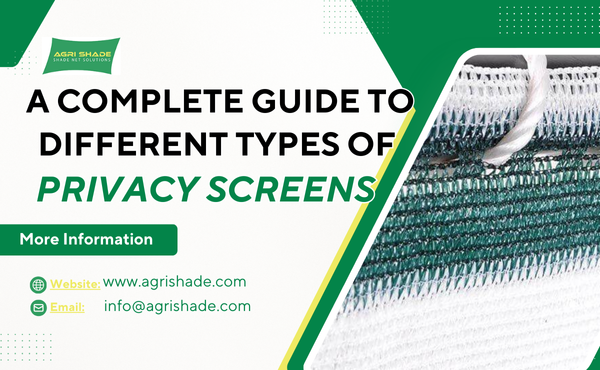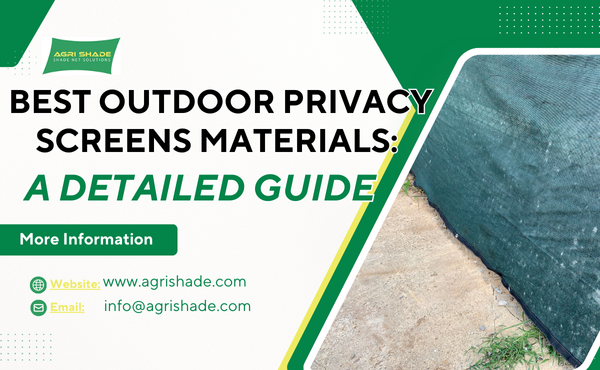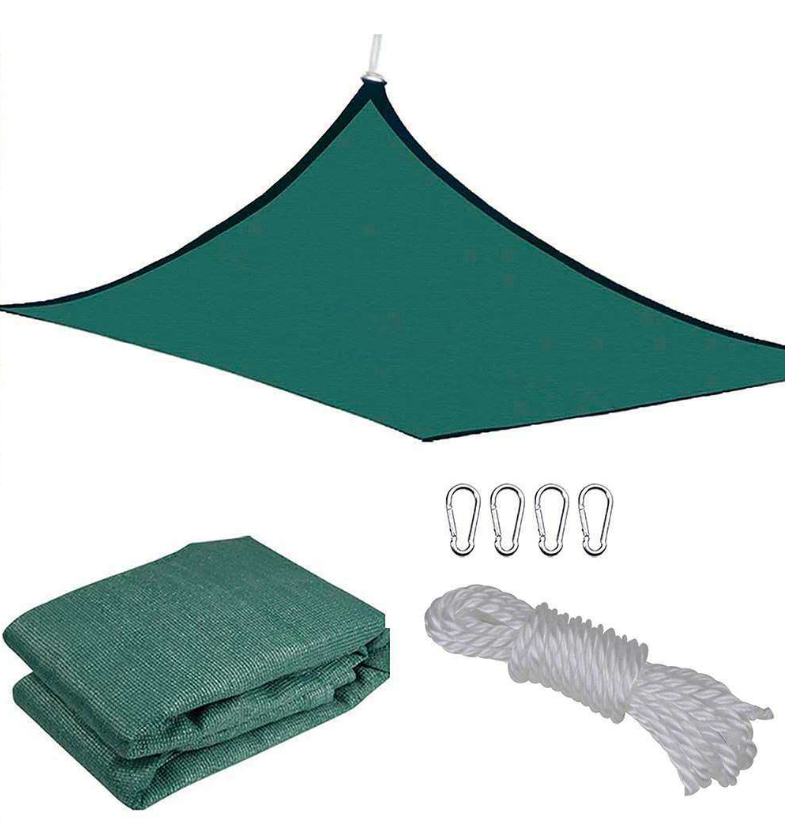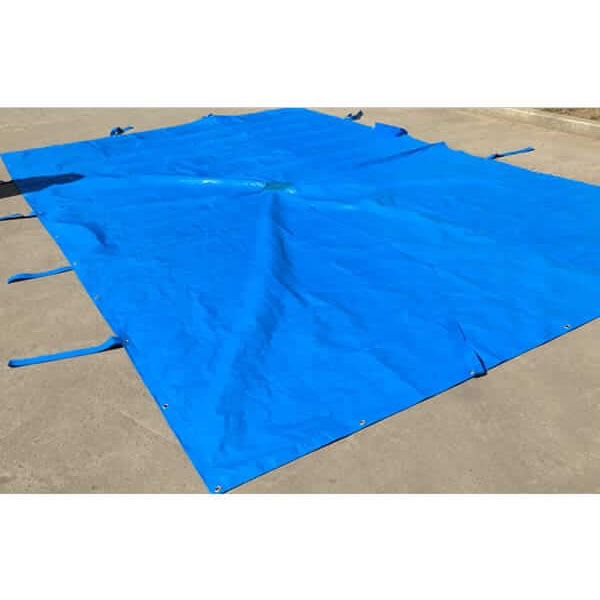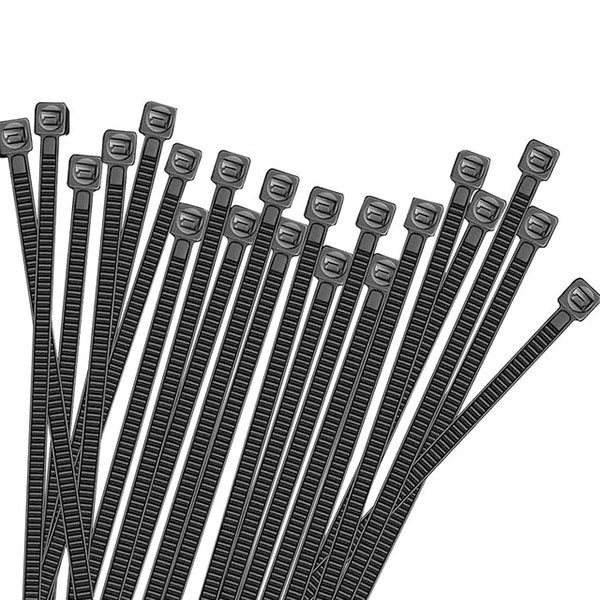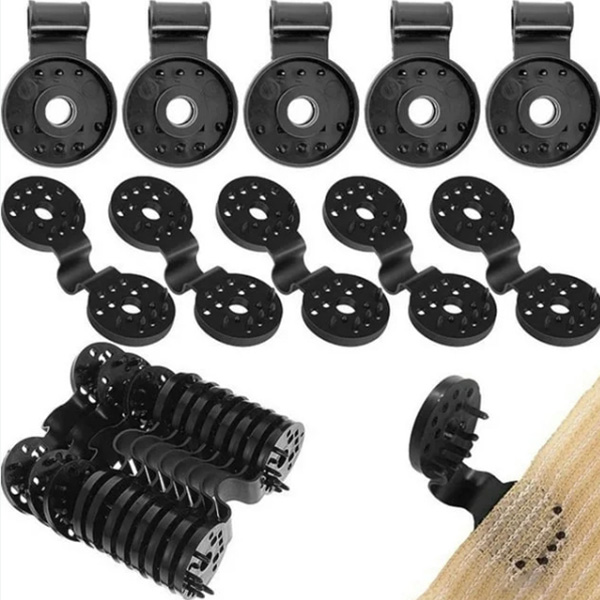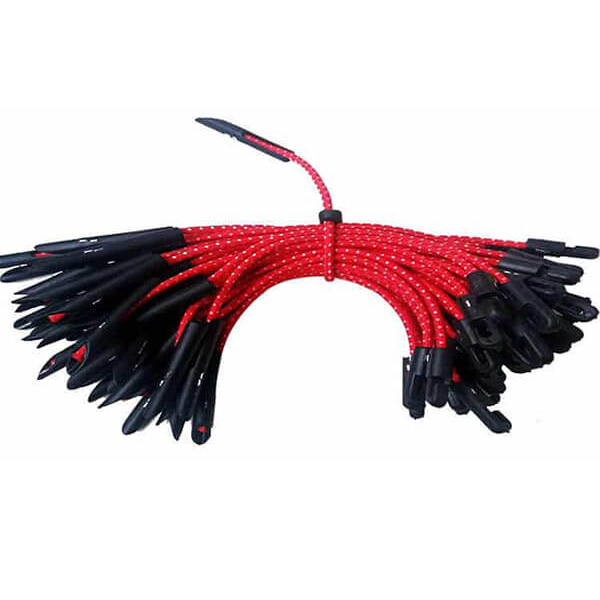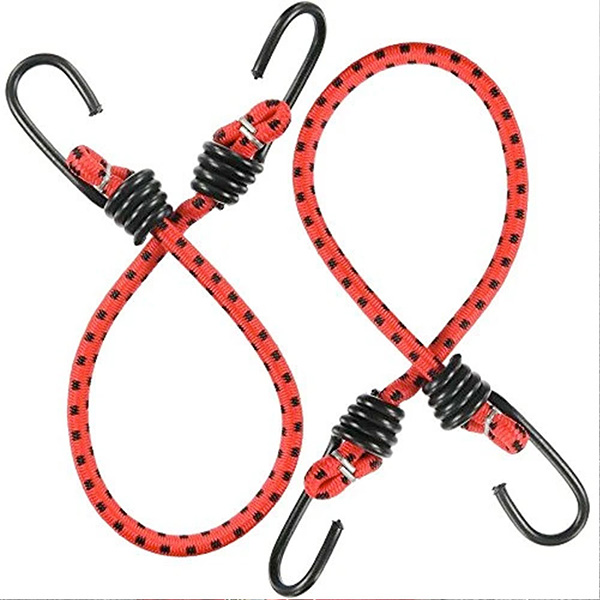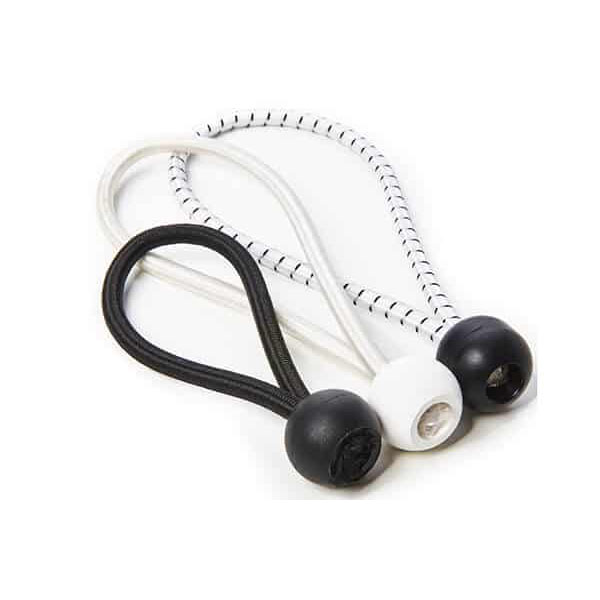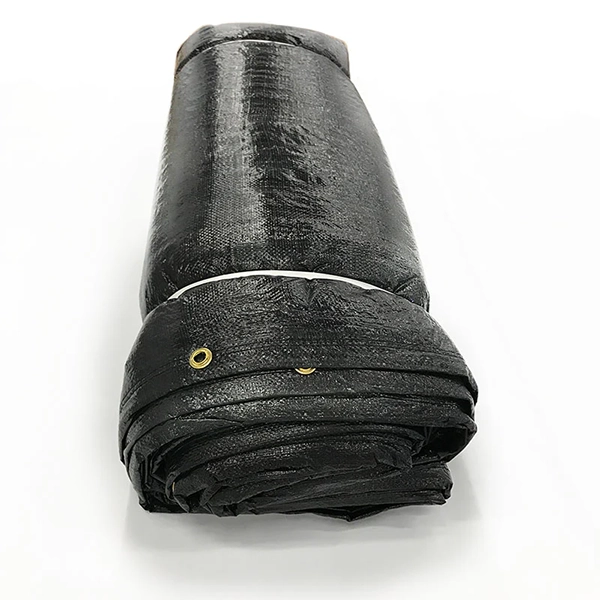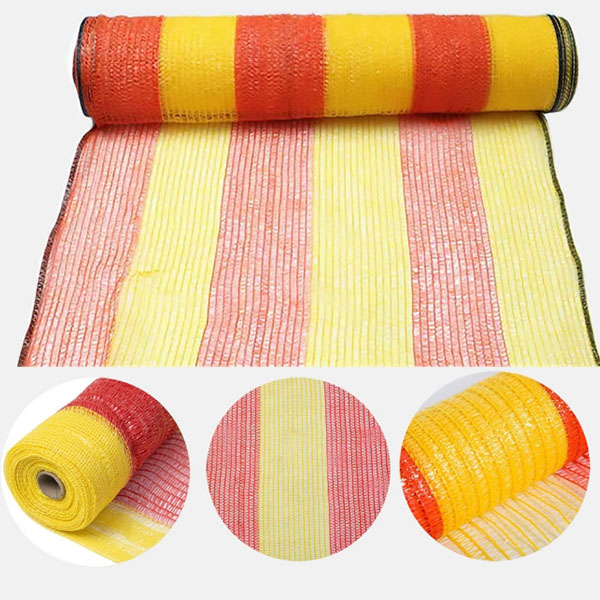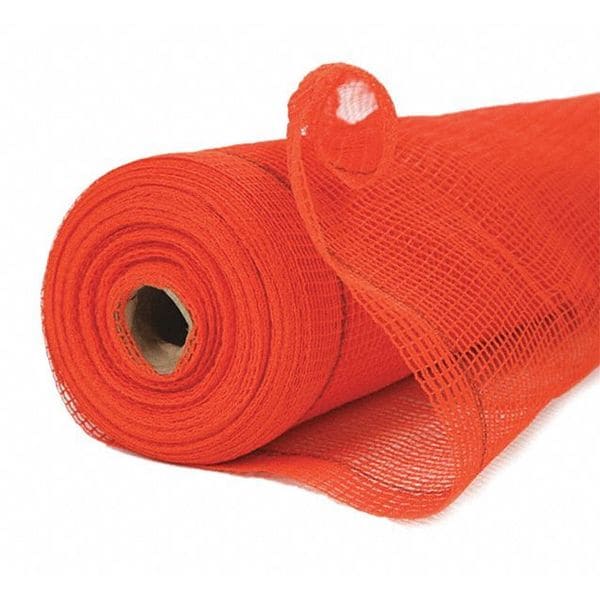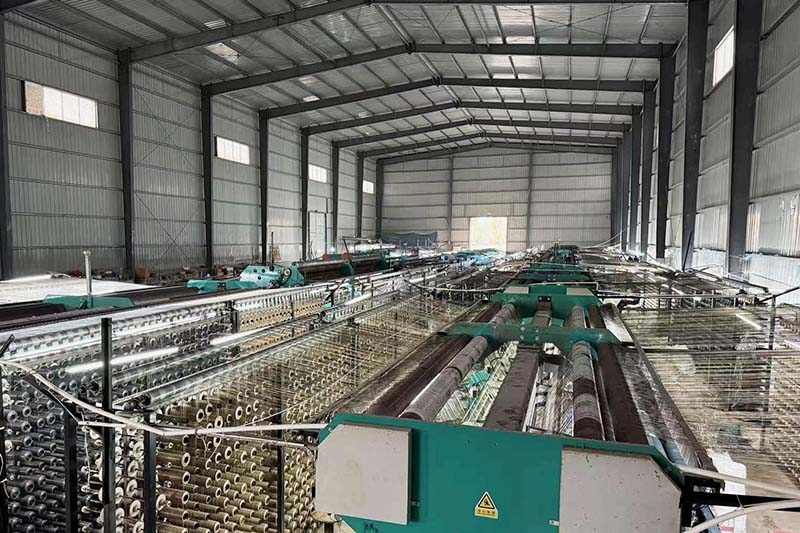Shade nets are essential for creating a stable environment in any greenhouse. They help regulate sunlight, reduce temperature, and protect plants from UV damage. By choosing the right shade percentage and material—woven or knitted—you can support healthier crops, reduce energy use, and extend the growing season.
Whether you’re cultivating vegetables, flowers, or shade-loving plants, selecting the correct shade cloth is key to maximizing plant performance and greenhouse efficiency. Agrishade shade nets help reduce energy costs, improve yields, and ensure consistent growing conditions year-round.
Why Shade Nets Are Essential for Greenhouse Efficiency
Shade nets are a fundamental component of a modern, efficient greenhouse. Their primary role is to create a controlled microclimate that fosters healthy and robust plant development. Here’s why investing in the right shade cloth for greenhouse use is a critical business decision:
- Superior UV Protection for Plants: Direct and prolonged exposure to ultraviolet radiation can cause significant stress to plants, leading to scorched leaves, stunted growth, and reduced yields. High-quality shade nets provide essential UV protection for plants, filtering out harmful rays while allowing beneficial light to pass through.
- Effective Temperature Regulation: Overheating is a major challenge in greenhouse management. The right shade cloth has significant greenhouse cooling effects, preventing heat stress during peak sun hours. This reduces the reliance on expensive mechanical cooling systems, leading to lower energy consumption and improved operational efficiency.
- Precise Light Transmission Control: Different crops have unique light requirements for photosynthesis. A key benefit of using shade nets is the ability to manage the amount of sunlight that reaches your plants. By selecting the correct shade density, you can ensure optimal light transmission in shade cloth, matching the specific needs of your crops and promoting vigorous growth.
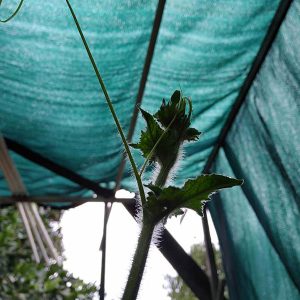
Types of Shade Nets for Greenhouses
Selecting the ideal shade net requires understanding the different materials and constructions available. Each type offers distinct advantages, and the best choice often depends on the specific application, climate, and crop.
- Woven Shade Cloth for Greenhouses: Known for its exceptional strength and durability, woven shade cloth is an excellent long-term investment for commercial operations. It is typically manufactured from high-density polyethylene shade cloth (HDPE) tapes, making it resistant to tearing, fraying, and degradation from UV exposure. Its robust construction ensures it can withstand harsh weather conditions while providing consistent shading.
- Knitted Shade Cloth: Lighter and more flexible than its woven counterpart, knitted shade cloth is easier to install and handle. It is also made from UV-stabilized HDPE but with a lock-stitch knit that resists tearing and unraveling even if punctured. This type of cloth offers excellent ventilation and is available in a wide range of shade percentages.
- Black Shade Cloth for Greenhouse Efficiency: Black shade cloth for greenhouse efficiency is one of the most popular choices. It functions as a neutral density filter, reducing light intensity without altering the light spectrum quality. Its primary benefit is heat absorption, which can help create a more stable temperature within the greenhouse.
- Colored Shade Cloths: While black is common, other colors like green are also used. Green shade cloths can be beneficial for certain plants by filtering light in a way that promotes specific growth characteristics.
How to Choose the Right Shade Net for Your Greenhouse
Making an informed decision involves balancing several factors to meet the unique requirements of your operation.
Understanding Shade Percentage
The most critical factor is the shade percentage, which indicates the amount of light blocked by the cloth.
- 30-40% Shade: Ideal for heat-tolerant plants and vegetables like tomatoes and peppers that require high light levels but benefit from some stress reduction during the hottest parts of the day.
- 50% Shade Cloth for Plant Growth: This is a versatile and widely used density. The use of 50% shade cloth for plant growth is perfect for a broad range of crops, including leafy greens, flowers, and nursery stock, providing a balanced environment of protection and light.
- 60-75%+ Shade: Best for shade-loving plants such as orchids, ferns, and anthuriums. This level of shading is also used for hardening off young plants or for storage areas to prevent overheating.
Material and Climate Considerations
For operations in regions with intense sun and high winds, a durable woven shade cloth for greenhouses made from high-density polyethylene shade cloth is recommended. In more temperate climates, a knitted cloth may offer sufficient protection with easier handling. The ability of a shade cloth to retain heat can also be a factor in cooler climates or for extending the growing season.
Custom Shade Ne Options
For commercial growers, agricultural suppliers, and large-scale farming operations, sourcing shade nets through wholesale channels provides significant advantages.
- Cost-Effectiveness: Purchasing in bulk drastically reduces the cost per unit, offering substantial savings for large projects.
- Customization: Wholesale suppliers can provide custom shade net solutions tailored to exact specifications, including non-standard dimensions, specific colors, and unique finishing options like reinforced edges or grommet placement.
- Consistency and Quality: Placing a single large order ensures product consistency across your entire operation, which is crucial for achieving uniform growing conditions.
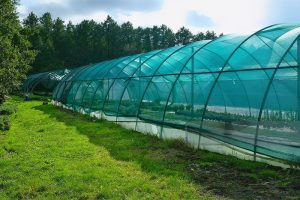
Installing Shade Cloth for Maximum Efficiency
Proper installation is key to maximizing the lifespan and effectiveness of your shade cloth. To install shade cloth correctly, ensure it is pulled taut to prevent flapping in the wind, which can cause premature wear. Use appropriate fastening hardware, such as lock channels and wiggle wires or specialty clips, to secure the shade cloth material firmly to the greenhouse structure. A well-installed shade net will optimize the greenhouse cooling effects and provide reliable protection for years.
Comparison of Common Shade Net Options
| Shade Net Type | Common Shade % | Material | Key Benefits for Operations |
| Woven Shade Cloth | 50% – 70% | High-Density Polyethylene | Maximum durability, tear resistance, ideal for long-term outdoor use. |
| Knitted Shade Cloth | 30% – 80% | High-Density Polyethylene | Lightweight, flexible, easy to install, resists unraveling. |
| Black Shade Cloth | 40% – 90% | HDPE (Woven or Knitted) | Excellent for heat reduction and general-purpose shading. |
| Green Shade Cloth | 30% – 60% | HDPE (Woven or Knitted) | Promotes specific plant responses, suitable for nursery applications. |
Conclusion
Selecting the right shade net is critical for crop protection, energy efficiency, and long-term ROI. With options like woven or knitted HDPE, and shade levels from 30% to 90%, growers can tailor light and temperature control to their exact needs. For large-scale operations, custom wholesale solutions ensure consistency, durability, and cost savings.
Partner with trusted suppliers like Agrishade to get high-quality, customizable shade nets that support year-round productivity and growth.
Frequently Asked Questions (FAQ)
1. What is the most durable shade cloth material for large commercial greenhouses?
For maximum durability, a woven shade cloth made from UV-stabilized high-density polyethylene shade cloth is the premier choice. It is designed to withstand environmental stressors over many seasons.
2. How does shade percentage impact plant growth?
The percentage determines the amount of light blocked. A 50% shade cloth for plant growth is a common starting point, but the optimal percentage depends on the crop’s specific light requirements and your region’s climate.
3. Can we order custom-sized shade nets for our non-standard greenhouse structures?
Absolutely. We specialize in providing custom shade net solutions. We can manufacture panels to your exact dimensions to ensure a perfect fit for any structure.
4. What is the primary difference between black and white shade cloth?
Black shade cloth for greenhouse efficiency absorbs a broader spectrum of light and is excellent for heat reduction. White shade cloth reflects heat and scatters light, which can be beneficial for reducing temperatures while maintaining high light levels for flowering and fruiting plants.
5. How does shade cloth contribute to water savings?
By reducing temperature and direct sun exposure on the soil, shade cloth lowers the rate of evaporation. This means less water is required for irrigation, leading to significant water and labor savings.
6. What is the expected lifespan of a commercial-grade shade net?
With proper installation and maintenance, a high-quality, UV-stabilized shade net can last for 7-10 years or more, making it a sound long-term investment.
